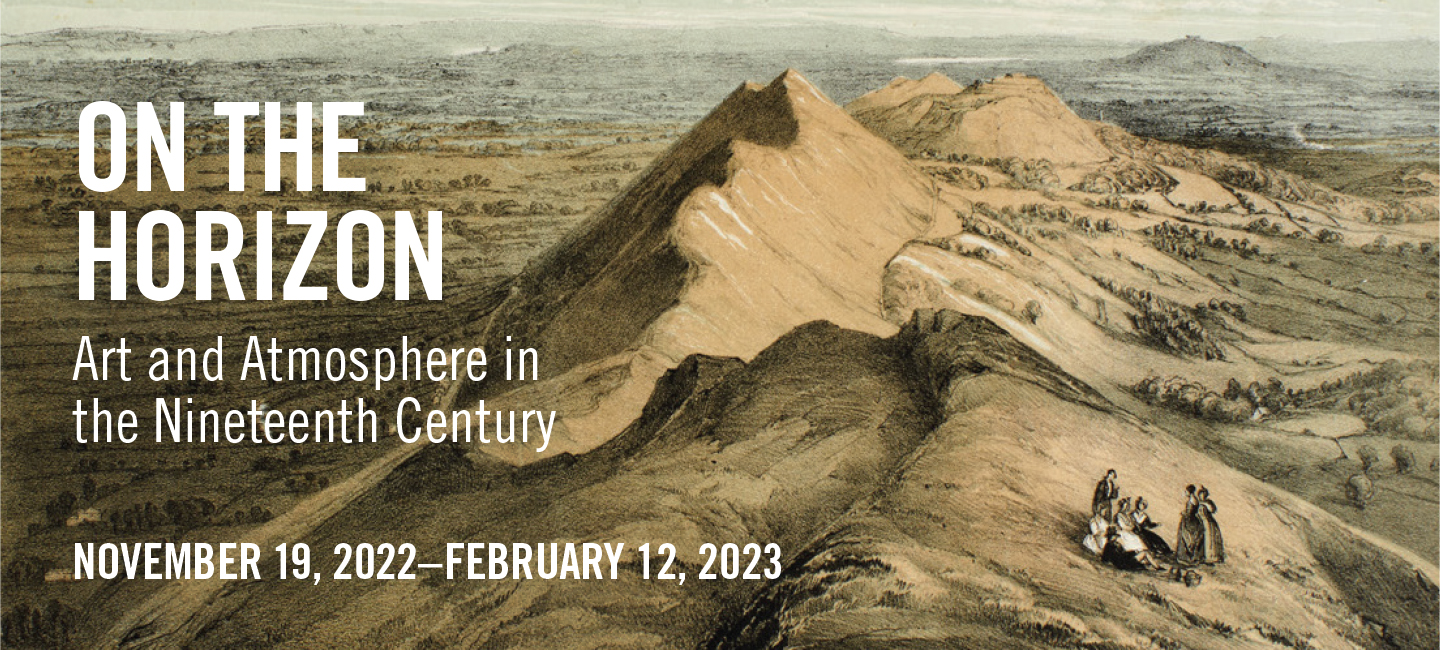Out of thin Air
 Auguste-Xavier Leprince (French 1799–1826)
Auguste-Xavier Leprince (French 1799–1826)Woman Sketching, 1816–1826
Watercolor on wove paper
The Clark, 1955.1540F
In the eighteenth century, natural philosophers promoted the idea that air, a seemingly ethereal element, was neither immaterial nor static, but instead was composed of several gases, and, as a type of matter, had its own potentialities. These early scientists spread their findings through their writings, texts, and staged demonstrations, radically revising popular notions of air. Since air is not visually perceptible, artists relied on alternate pictorial strategies to describe and convey these new theories such as depicting experiments or using air as a metaphor for other noncorporeal ideas. “Airy” subjects such as wind and bubbles were deployed as metaphorical vehicles to communicate more universal themes related to the human experience.
In 1800, artist and teacher Pierre Henri de Valenciennes expounded the importance of working en plein air, or outdoors. According to Valenciennes, it was only through the practice of painting and drawing in the open air that artists could accurately register the details of a landscape, which were subject to changing atmospheric and climatic conditions.
